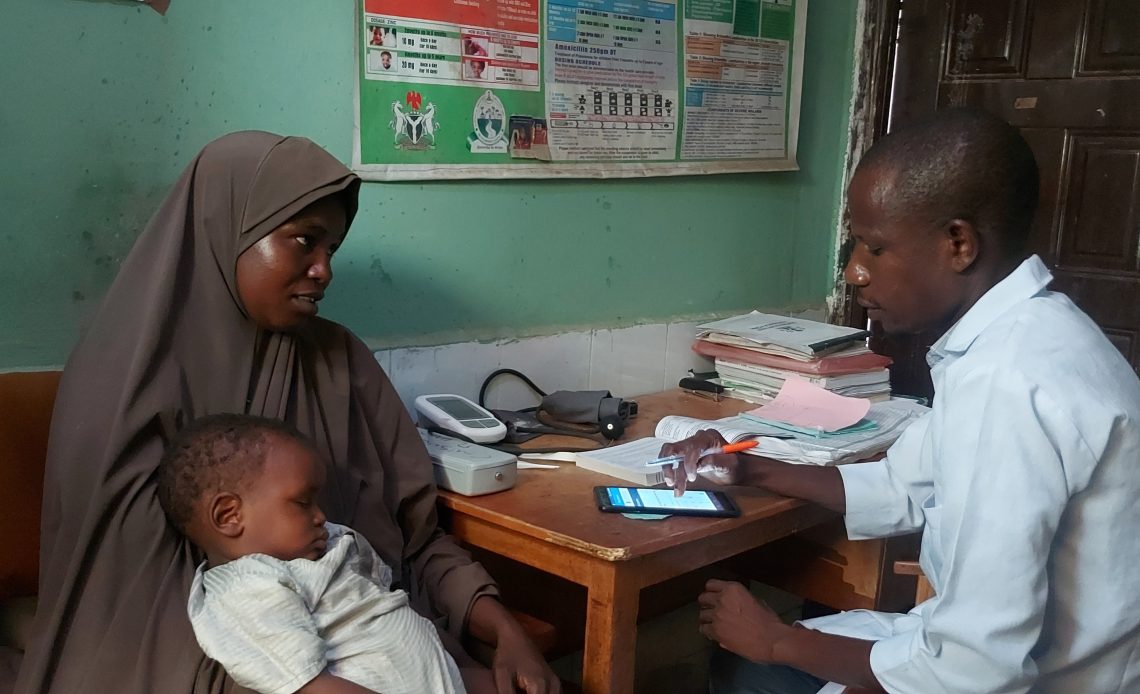By Beti Baiye and Misbahu El-Hamza (Lead Writers)
When the World Health Organization (WHO) and the United Nations Children’s Fund (UNICEF) launched the Integrated Management of Childhood Illnesses (IMCI) strategy in the mid-1990s, the goal was to significantly reduce preventable mortality and morbidity while promoting healthy growth and development of children under-5. The strategy includes three main components
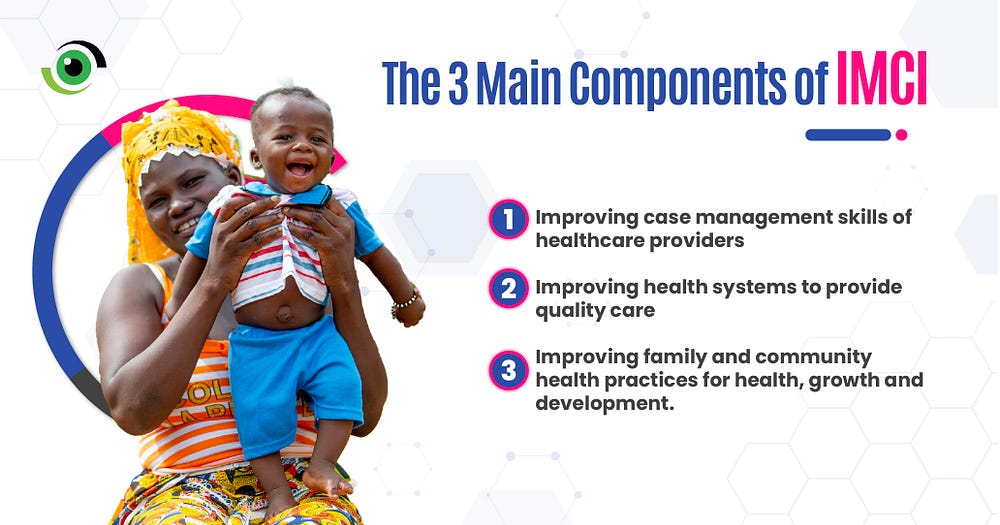
According to the WHO, if fully implemented, IMCI will contribute to reducing child mortality and can help to attain the Sustainable Development Goal (SDG) target 3.2 of reducing under-5 mortality to as few as 25 deaths per 1000 by 2030.
IMCI in Nigeria
In the late nineties, the National Council of Health adopted IMCI as Nigeria’s primary child survival approach. Although some improvements were reported in the quality of care provided to children under 5, several challenges, including the fact that many health workers had yet to be IMCI-trained, hindered its implementation. According to the Nigeria Demographic Health Survey 2018 (NDHS, 2018), Nigeria’s under-five mortality rate is 132 deaths per 1,000. In 2020, the WHO reported that half of all under-5 deaths globally in the same year occurred in 5 countries, with Nigeria and India accounting for about a third of those deaths.
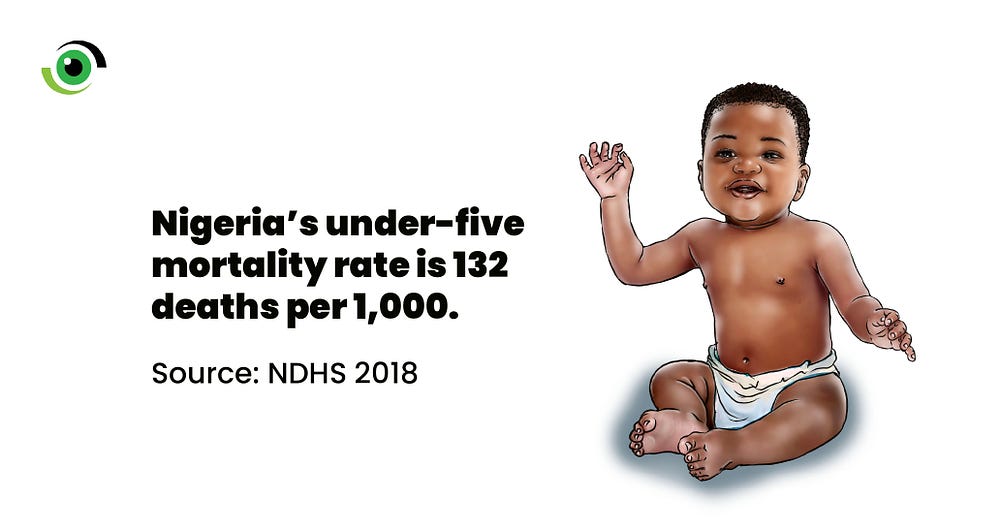
An improved version
The Algorithm for the Management of Childhood Illness (ALMANACH) is an innovative, user-friendly tool that builds on the IMCI concept. It is a mobile application that provides real-time and context-specific support for clinical decision-making. Dr Paul Margwa, Director, Planning Research and Statistics, Adamawa State Primary Health Care Development Agency, described ALMANACH as “a digital form of an improved version of IMCI developed with the aim of improving the quality of case management in primary health care settings”. Although the algorithm is based on the IMCI technique, its clinical coverage has been expanded to allow for greater adaptability to the local context.
In 2016, the Adamawa State Primary Health Care Development Agency (ADSPHCDA) partnered with the Swiss Tropical and Public Health Institute (SWISS TPH) and the International Committee of the Red Cross (ICRC) to launch the ALMANACH project in 12 health facilities, across five Local Government Areas (LGAs) in Adamawa State. According to Dr Margwa, these were LGAs with a large number of Internally Displaced Persons (IDPs).
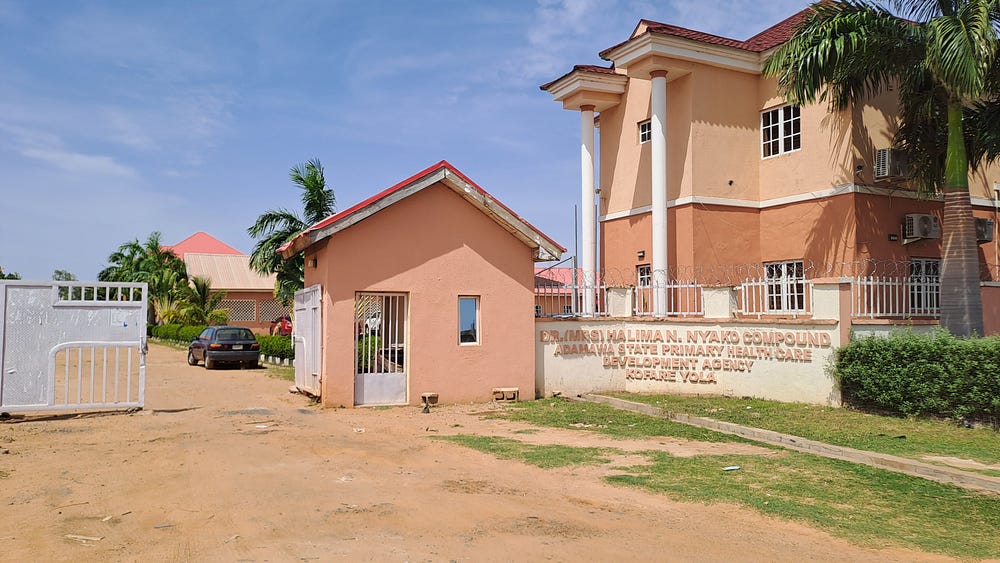
Based on data from the 2018 NDHS, the north-eastern Nigerian state of Adamawa has an under-five mortality rate of 98 deaths per 1,000. One of the main contributing factors to under-5 mortality in the state is poverty and lack of access to essential healthcare services. Additionally, the insurgency in the region further worsened the situation by disrupting health services and displacing communities, making it difficult for children to access essential healthcare services.
Piloting ALMANACH in Adamawa State
ALMANACH is installed on mobile devices like tablets and guides health workers through a structured consultation to ensure that all relevant information is obtained and recorded. It prompts requests for lab tests and shows the health worker how to perform nutrition assessment and routine preventive actions like deworming and Vitamin A. Most significantly, it ensures that the clinically approved protocols are adhered to.
Although the application is “very easy to use, we called staff from each health facility and trained them for four days”, said Muazu Muazu, the project’s ICT Officer. “We trained them on IMCI for three days and spent the fourth day on tablet handling”. He added that the three-day crash course on IMCI was critical as most of the health workers needed to be trained on IMCI. “Those that were trained have either retired or have been transferred to higher positions, so, most of those at the facilities were not trained.”
The trained officials must “step-down” the training at their respective facilities. The ALMANACH team, in partnership with the LGA Health Authority, monitors and overseas the process and sometimes carries out on-the-job training. Each Primary Health Centre (PHC) is provided with one tablet, and one is used by one officer at a time.
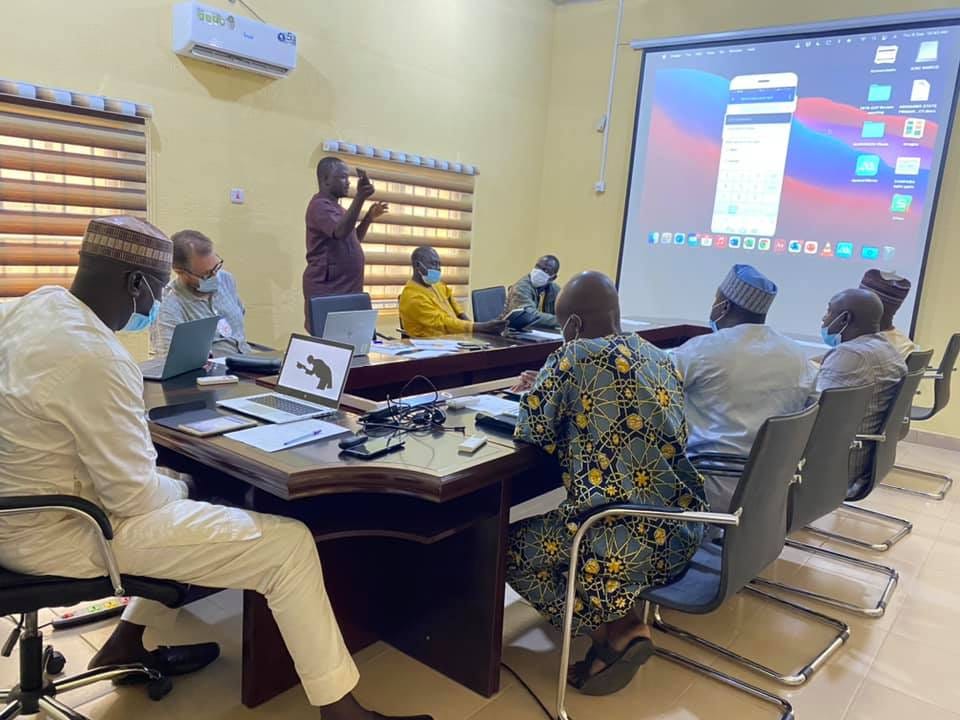
Adapting to the local context
The application is designed to adapt to the local context by functioning online and offline. This feature enables consultants to work offline during the consultation process. “We have some remote areas where there is poor internet access, so they do their consultation, and then after a day or two, they go to an area where there is good network access and send their report,” said Muazu.
Sanni Musa, a community health extension worker (CHEW) in Nasarawo PHC, Yola LGA, was trained in 2018. He said it changed his approach to treating common conditions affecting children under five years. He added that unlike in the past when some consultants failed to adhere to the IMCI manual, working with ALMANACH has simplified the process and made it easier to adhere to. Recalling an experience where a young patient presented with an unfamiliar skin condition, Musa said the application simplified the process by providing photos of different skin conditions, which helped him quickly identify the disease. “One interesting thing about ALMANACH is that it helps you quickly diagnose illnesses and reduces the number of antibiotics we prescribe.”
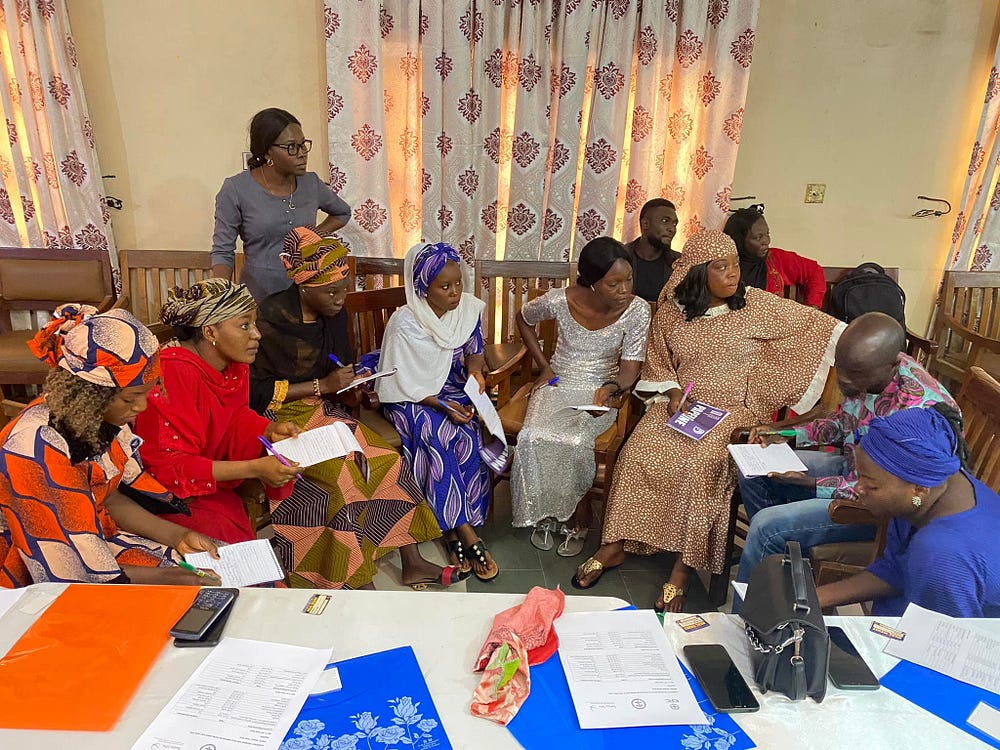
Maimuna Sani, a mother of 10, was initially dissatisfied with the mobile device used to diagnose her four-year-old son, Abubakar, as it was a new method. “However, after being given drugs, my son recovered quickly, and the same happened when I brought his younger brother, Abdullahi…I recommend the new system but suggest that healthcare workers explain its importance to new patients,” she added.
Some notable results
A study conducted in 2020 indicated substantial improvements in facilities where the tool was being used. According to Dr Ibrahim Sahabo, Clinical Officer, ALMANACH project, results showed that most of the children consulted with ALMANACH recovered within seven days. There was also an improved referral rate. “Before now, healthcare workers used to keep severely sick patients even when they could not diagnose the problem, or the illness was beyond their capacity. But ALMANACH can guide them to identify children in critical conditions that will need an early referral,” he said. Furthermore, the indiscriminate use of antibiotics was reduced. Dr Sahabo revealed that the state’s antibiotic prescription rate went from 78% in 2018 to 30% in 2020 and currently hovers between 19 and 21%.
The project, which started with a pilot in 12 health facilities, was scaled up in 2018, and the tool is currently being used in 413 health PHCs across the state, which run 24-hour services. So far, 682 health workers have been trained, excluding those trained on-site in their health facilities, while more than 350 thousand consultations have been carried out using ALMANACH.
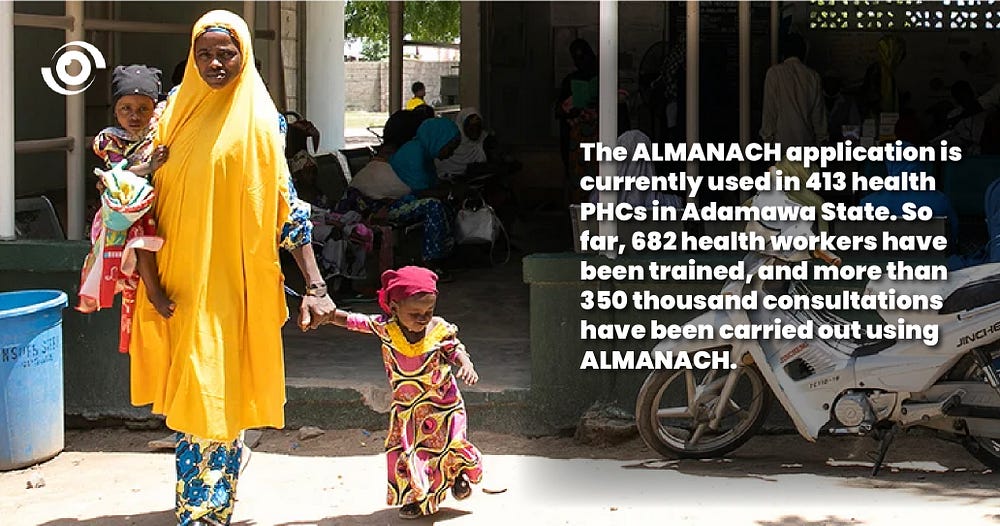
Dealing with technophobia
Technophobia, the fear of or aversion to technology, is one of the project’s challenges. Dr Sahabo revealed that some of the health workers, especially the elderly ones, were afraid to handle what they felt were complex devices like the tablet ALMANACH is running on. For Musa, “It took some getting used to since we were more familiar with working with paper, still some staff refuse to use it”. Some other challenges were Information Technology (IT) issues, dealing with the theft of the tablets and data subscription charges.
Ensuring sustainability
According to Dr Margwa, the 2021 Nigeria Multiple Indicator Cluster Survey (MICS) results, indicated that under-5 mortality in the state was at 63 deaths per 1000, and shows that “Adamawa has performed very well”.
ALMANACH was handed over to ADSPHCDA in 2021. Dr Margwa revealed that they included a budget line for ALMANACH in the agency’s annual operational plan to sustain the project’s results and ensure its sustainability. In addition, they gave a presentation on the project’s success at the 63rd National Council on Health in December 2022. “Based on our presentation, five states — Gombe, Kano, Kaduna, Yobe, Taraba State — indicated interest to scale up to their states.” He added that the College of Health Technology in Mubi and the Adamawa State College of Nursing and Midwifery, “who produce the critical staff for us as an agency,” have included ALMANACH in their curriculum using tabs provided by the Agency.
The biggest hindrance to the project’s sustainability is financing, and the state is presently looking for partners to ensure the results are sustained. The well-being of children is critical to the advancement of any nation; therefore, the government must prioritise any initiative that guarantees them access to quality healthcare and a secure environment in which to thrive.


